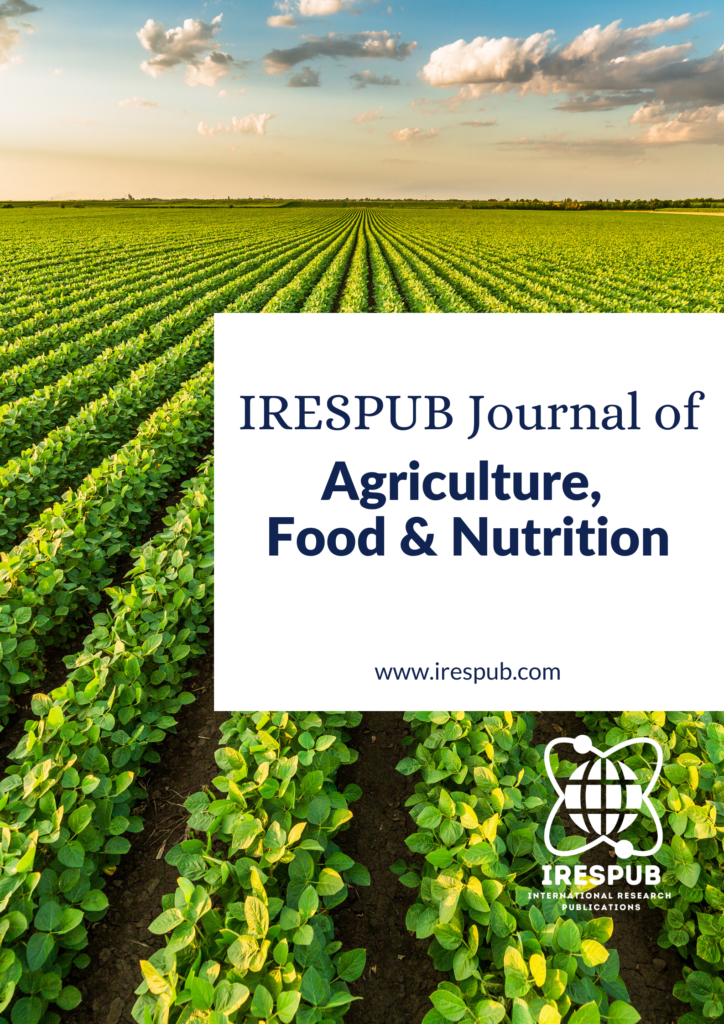
Year Launched: 2021
Journal Menu
- Scope & Research Areas
- Instructions for Authors
- Article Processing Charge
Journal List
- Natural & Applied Sciences
- Life Sciences
- Business Management
- Education & Literature
- Humanities & Cultural Studies
- Medical & Dental Sciences
- Engineering & Computer Sciences
- Agriculture, Food & Nutrition
- Environmental & Material Sciences
- Wellness & Lifestyle Management
- Arts & Ideas
- Law, Policy & Religion
Optimization of the liquefaction steps of breadfruit starch hydrolysis by alpha-amylase using a statistical approach
Volume 1, Issue 2, Nov-Dec 2021 | Page 38-45 | PDF (346K) | Pub. Date: November 4, 2021
Author(s)
I. Pele1*, M. K. Bolade1, V. N. Enujiugha1, D. M. Sanni2, A. O. Ogunsua3; 1Department of Food Science and Technology, Federal University of Technology, Akure, Ondo State, Nigeria; 2Department of Biochemistry, Federal University of Technology, Akure, Ondo State, Nigeria; 3Department of Food Science and Technology, Joseph Ayo Babalola University, Ikeji-Arakeji, Osun State, Nigeria
Abstract
Statistical approach was used to optimize the liquefaction steps of breadfruit starch hydrolysis by alpha-amylase. The optimum condition of breadfruit starch hydrolysis was determined using pure culture of a thermostable alpha-amylase for liquefaction, and the activity of the enzyme determined at varying pH, temperature and time. A 3 x 3 x 3 completely randomized experimental design comprising 3 pH values (pH 6.0, 6.5 and 7.0); 3 temperatures (65, 70 and 75 ⁰C) and 3-time ranges (40, 50 and 60 min) were employed for liquefaction and the data obtained were subjected to multiple regression and the degree of correlation evaluated. The results showed that the p-values of the model terms for sample dry weight, reducing sugar and dextrose equivalent were significant (p < 0.05), however the R2 which was found to be 90.7% for sample dry weight proved suitable for adequate representation of the actual relationship between the selected variables whereas the R2 for reducing sugar and dextrose equivalent which were 43.0 and 32.8% respectively were too low for adequate representation of the actual relationship between the selected variables. The optimal reducing sugar and dextrose equivalent were 14.88% and 12.30 DE, respectively at pH 6.5, 70 ⁰C and 60 min. The model established the actual relationship between the actual variables of the liquefaction and the predictable values of the process while the maltodextrin obtained from the optimized process may serve as a substrate to initiate a saccharification process in the production of glucose syrup.
Keywords
dextrose equivalent; maltodextrin; multiple regression; reducing sugar; sample dry weight
Cite this paper
Pele, I., Bolade, M. K., Enujiugha, V. N., Sanni, D. M., Ogunsua, A. O. (2021), Optimization of the liquefaction steps of breadfruit starch hydrolysis by alpha-amylase using a statistical approach, IRESPUB Journal of Agriculture, Food & Nutrition. Volume 1, Issue 2, Nov-Dec 2021, Page 38-45
References
[1] Konsoula, Z. and Liakopoulou-Kyriakides, M. (2007). Co-production of alpha-amylase and beta-galactosidase by Bacillus subtilisin complex organic substrates.Bioresource Technology, 98: 150-157.
[2] Baysal, Z., Uyar, F. and Aytekin, C. (2003). Solid state fermentation for production of α-amylase by a thermotolerant Bacillus subtilis from hot spring water. Process Biochemistry, 38: 1665- 1668.
[3] Bello-Perez, I. A., Sanchez -Hernandez, L., Moreno-Damian, E. and Toro-vazquez, J. F. (2002). Laboratory Scale Production of Maltodextrins and Glucose Syrup from Banana Starch.ActaCientificaVenezolana, 53(1): 1-9.
[4] Aboje, P. (2007). Production and Export of Glucose from cassava starch. [Internet document] URL: http://www.independentngonline.eom/news/l 90/article/l 8394/2007/01/06.html. Accessed on 2/27/2007
[5] Adewusi, S. R. A. Udio, A. J. and Osuntogun, B. A. (1995). Studies on the carbohydrate Content of breadfruit (ArtocarpuscommunisFrost) from South Western Nigeria.Starch and Stärke, 47: 287-294.
[6] Solomon, B. O., Layokun, S. K., Idowu, A. O. and Ilori, M. O. (1994). Prospects for the utilization of the endogenous enzymes in sorghum malt in the hydrolysis of starch: case study with utilization of breadfruit starch for ethanol production. Journal of Food Biotechnology, 8: 243 – 255.
[7] Pele, G. I., Bolade, M. K., Enujiugha, V. N., Sanni, D. M. And Ogunsua, A. O. (2018). Influence of pH and temperature On the Activities of alpha-amylase in maltodextrin production from breadfruit starch. International Journal of Engineering Science Invention, 7(10): 43-50.
[8] International Institute for Tropical Agriculture. (2004). Research Highlights on Nigeria’s Cassava Industry: Statistical Handbook, Ibadan, Nigeria. Pp. 43 – 51.
[9] Betiku, E and Ajala, O. (2010). Enzymatic hydrolysis of breadfruit starch: case study with utilization for gluconic acid production. Ife Journal of Technology, 19(2): 10-14
[10] Miller, G.L. (1972). Use of dinitrosalicylic acid reagent for determination of reducing sugar. Analytical Chemistry, 31(3): 426-428.
[11] Betiku, E, Akindolani, O. O. and Ismaila, A. R. (2013). Enzymatic hydrolysis and optimizations of sweet potato (Ipomoea batatas) peel using a statistical approach. Brazilian Journal of Chemical Engineering, 30(3): 467 – 476.
[12] Kunamneni, A. and Singh, S. (2005). Response surface optimization of enzymatic hydrolysis of maize starch for higher glucose production. Biochemical Engineering Journal, 27:179-190.
[13] Guan, X. and Yao, H. (2008). Optimization of viscozymeL assisted extraction of oat bran protein using response surface methodology. Food Chemistry, 106: 345-351.
[14] Vázquez, M., Delgado, R. and Castro, A. J. (2009). Modelling of the enzymatic hydrolysis of potato (Solanumtuberosum) using response surface methodology. Starch, 61: 601-609.

